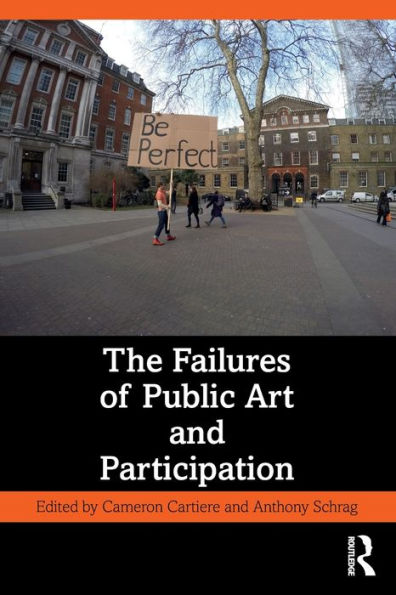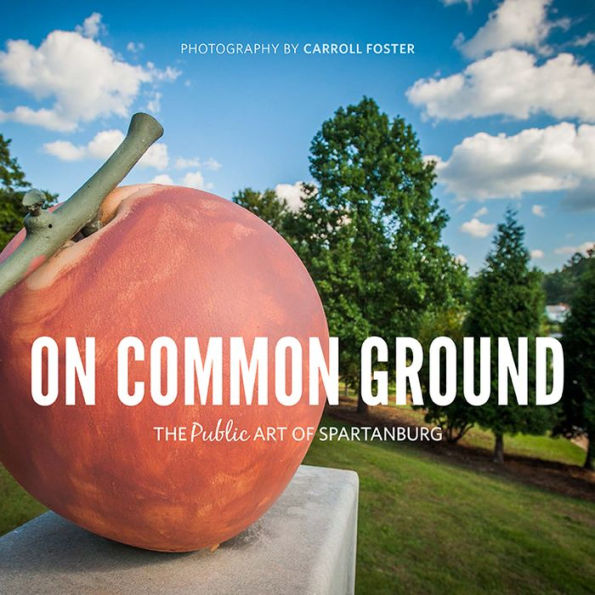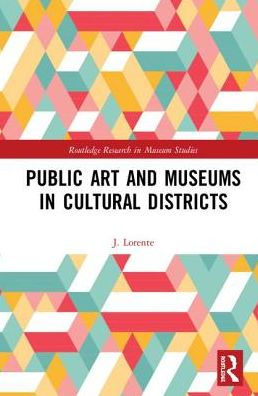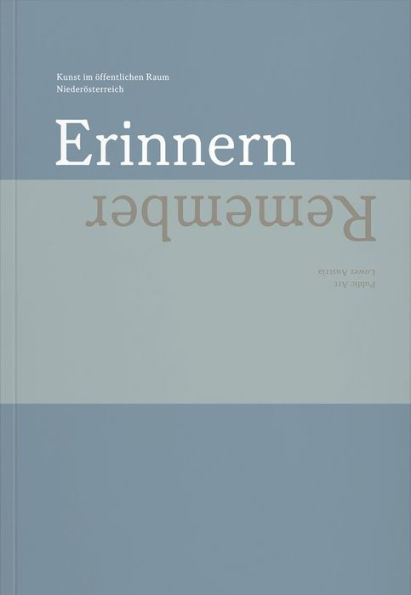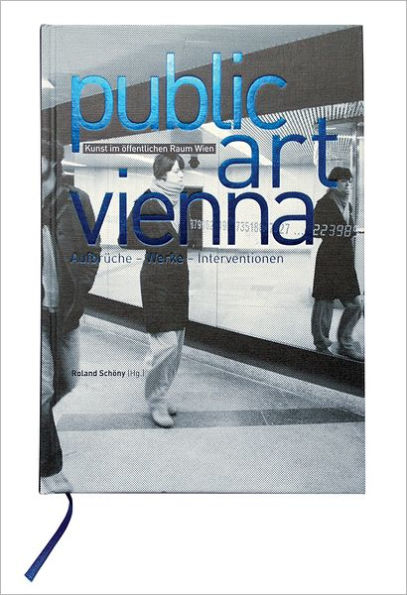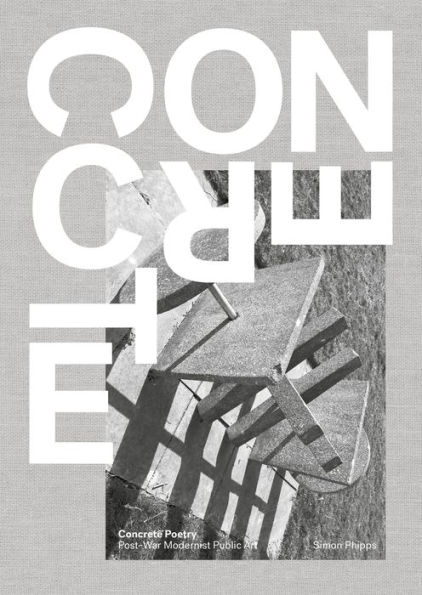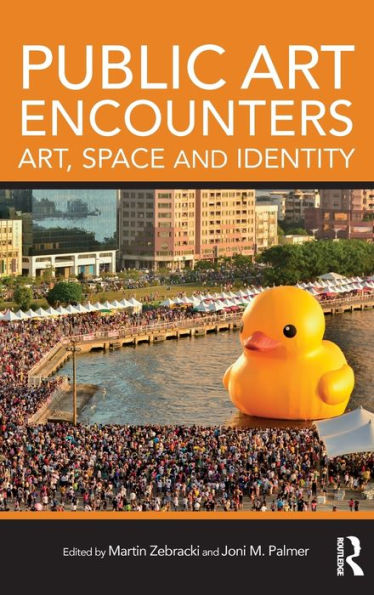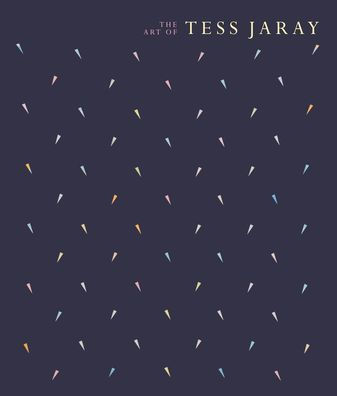Home
Desire Lines: The Public Art of Tess Jaray
Barnes and Noble
Desire Lines: The Public Art of Tess Jaray
Current price: $25.00


Barnes and Noble
Desire Lines: The Public Art of Tess Jaray
Current price: $25.00
Size: OS
Loading Inventory...
*Product information may vary - to confirm product availability, pricing, shipping and return information please contact Barnes and Noble
Considering the dynamics of form, pattern and colour, Tess Jaray’s public art transforms its architectural surroundings with sequences of interlocking geometric shapes.
For over three decades, Jaray’s abstract painting has been complimented by a series of art projects that extends her investigation of space and perspective to the public sphere. Working primarily with materials such as brick, stone and metal, the forms of Jaray’s public squares are often held in an equilibrium of movement and stillness.
Drawing together ten of the artist’s important public commissions, the volume includes an essay by Charles Darwent that situates Jaray’s projects within the tradition of twentieth-century public art, an interview with the artist by Doro Globus, as well as historic statements by Richard Cork and Glyn Emrys, among others.
For over three decades, Jaray’s abstract painting has been complimented by a series of art projects that extends her investigation of space and perspective to the public sphere. Working primarily with materials such as brick, stone and metal, the forms of Jaray’s public squares are often held in an equilibrium of movement and stillness.
Drawing together ten of the artist’s important public commissions, the volume includes an essay by Charles Darwent that situates Jaray’s projects within the tradition of twentieth-century public art, an interview with the artist by Doro Globus, as well as historic statements by Richard Cork and Glyn Emrys, among others.
